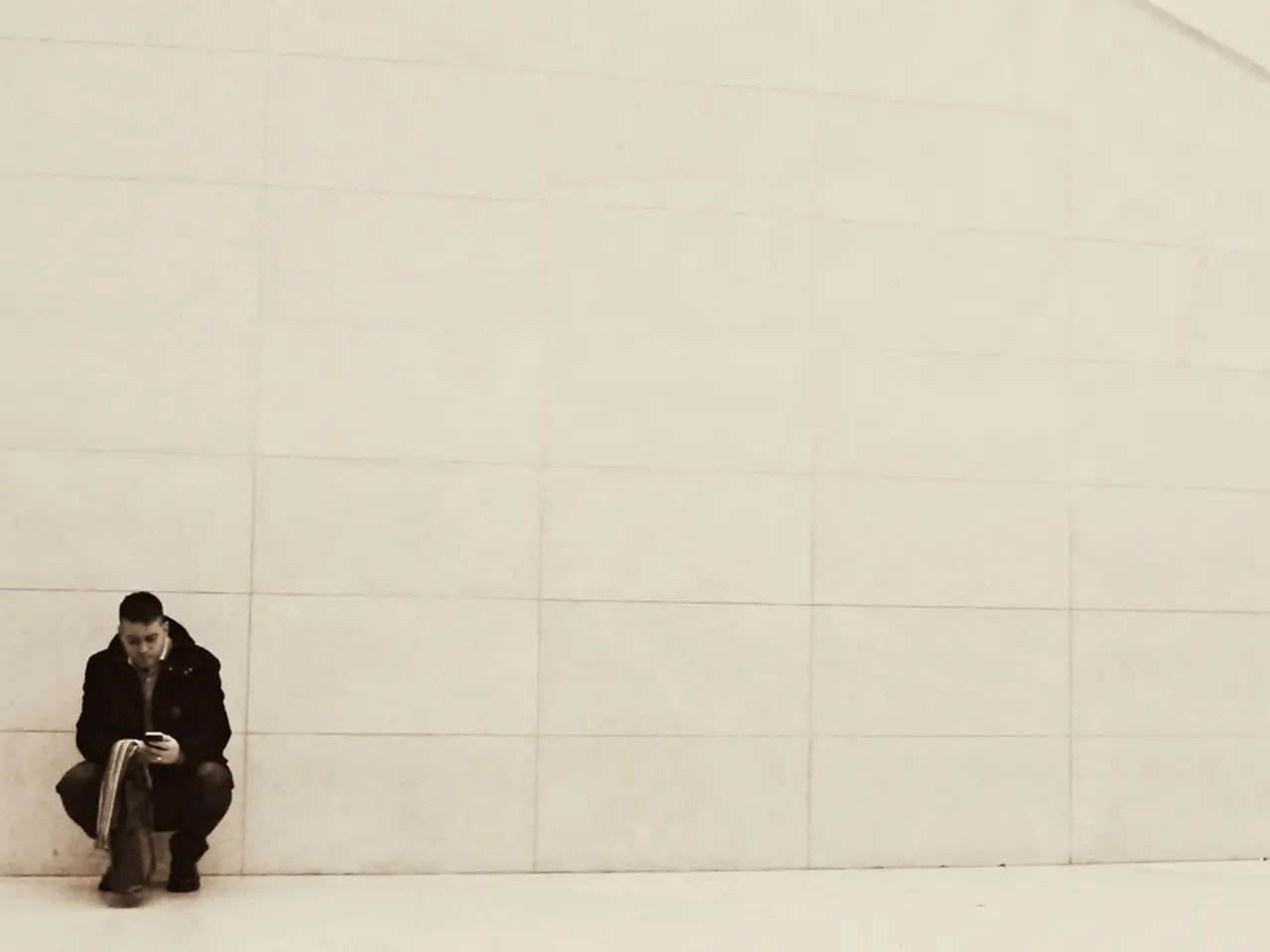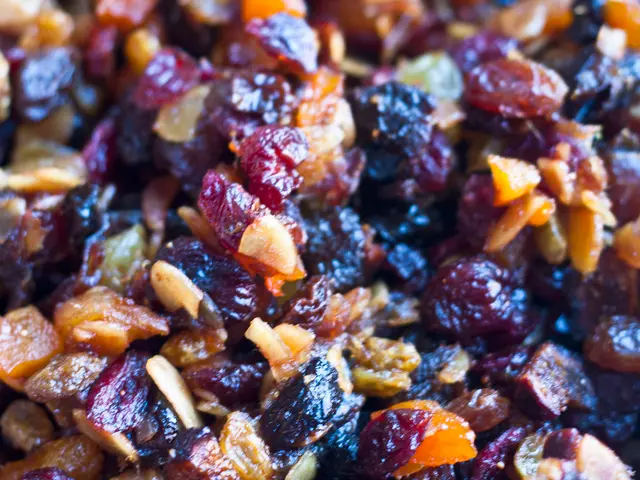Strengthen your squatting prowess with these three workout routines, as suggested by expert exercise physiologists
The gluteus medius, a muscle located at the side of the hip in the buttocks, plays a significant role in maintaining proper alignment of the pelvis, hips, and legs during weight-bearing movements. A strong gluteus medius can help prevent knee caving in, a condition known as valgus collapse, which is crucial for improving squat technique.
In squats, the gluteus medius functions as a hip abductor, maintaining the pelvis' level alignment and preventing the hip from tilting, which can cause the knee to cave inward. By stabilizing the pelvis and maintaining proper hip alignment, the gluteus medius also helps prevent the knee from moving inward towards the midline of the body.
Weakness in the gluteus medius can lead to compensation patterns during squats, such as leaning forward or unevenly distributing weight between legs. Strengthening these muscles reduces these compensations, allowing for more balanced and effective squats.
To improve squat form and reduce the likelihood of knee caving in, consider incorporating the following exercises into your training routine:
1. Single-leg Deadlifts: This exercise targets the gluteus medius while improving balance and strength on one leg. To perform, stand on one leg, shift the weight onto the other foot, bend the knee slightly, and lift the opposite leg behind while leaning forward and hinging at the hips. Push the hips forward to return to the starting position.
2. Clamshell Exercise: This exercise specifically targets the gluteus medius and minimus. To perform, lie on your side with knees bent and feet touching. Lift the top knee upward while keeping the feet together, avoiding moving the pelvis or tilting backward, and lower the knee back down with control.
3. Banded Lateral Walks: This exercise involves walking sideways while wearing a resistance band around the legs. To perform, stand with feet hip-width apart, bend the knees slightly, and take steps sideways, maintaining tension in the band throughout.
By regularly performing these exercises, you can strengthen your gluteus medius, improve your squat technique, and reduce the risk of knee caving in during squats. If you have any concerns about your squat form or knee alignment, it's always a good idea to consult a fitness professional or healthcare provider.
[1] Dr. Aaron Horschig, founder of Squat University, highlighted the importance of a strong gluteus medius in a recent Instagram post. [2] Clinical exercise physiologist and orthopedic surgeon Jerome Enad explained the importance of a strong gluteus medius and recommended these exercises in an interview.
A balanced and effective fitness routine incorporates exercises like yoga, which enhances flexibility and balance, complementing the strength training workouts designed to target the gluteus medius. Strengthening the gluteus medius through exercises such as the clamshell, single-leg deadlifts, and banded lateral walks is crucial for maintaining proper health-and-wellness, especially in weight-bearing movements that rely on the fitness-and-exercise of the lower body.




